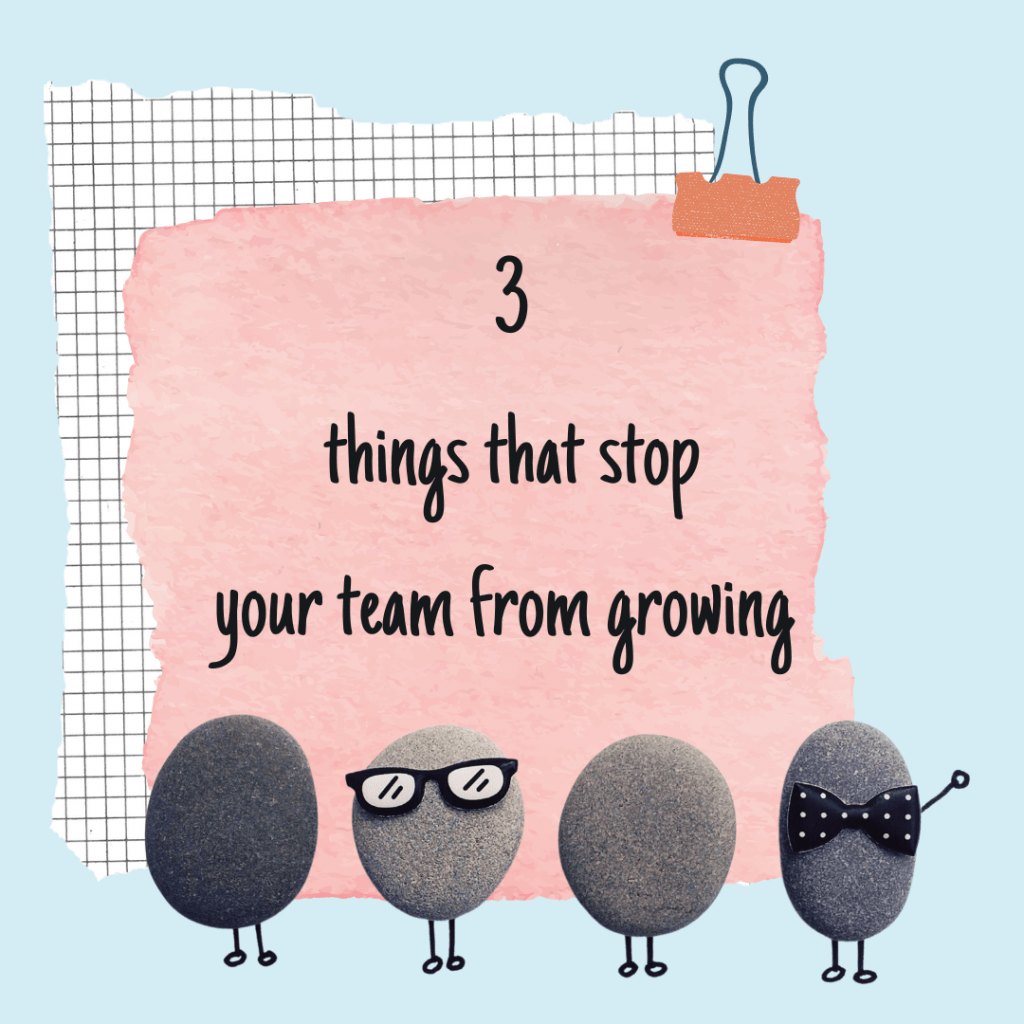
All you need to do to grow your own leaders in your direct selling team, is some seeds, fertile soil, and water.
Add a dash of sunshine and you’ll have a brand new leader of your own in no time!
Ok…it’s perhaps a little more work than that but it’s infinitely rewarding to lead other people to become great leaders.
Like a gardener, it’s more important to regularly tend to your garden than to do a big lot of work twice a year.
Sow Leadership Seeds
Let’s start with seeds. It’s important to plant seeds for leadership in your direct sales team. People have to desire it before they will step up to become a leader. And it’s up to you to plant those seeds:
- How easy do you make leadership look? Make it look doable. Show how much support there is in the company or the wider organization.
- Make your leaders meetings, leader retreats or other special events exciting. Make them something that people want to be part of.
- Talk about the extra cash you can make as a leader.
- Help your team members to see themselves as a future leaders. Make them realize they could achieve leadership too.
- Remind your team that you struggled at the start too, that it’s normal and that things do become easier.
Create Fertile Soil for Leaders to grow
Motivation is the fertile soil for the seeds to grow in.
At least 80% of success in the direct selling industry is about mindset. You have to provide ongoing motivation to help your team to believe in themselves. You can use motivational YouTube clips, provide a positive affirmation for the week ahead and generally show a positive and encouraging attitude in your team communications.
It’s also important to recognize achievements along the way. Don’t just celebrate the big milestones, but also the smaller steps and achievements. This is not only a great boost for the people being recognized, but provides motivation for the other team members to gain achievements as well.
Water your seedlings
Now that you’ve planted your seeds in fertile soil, you need to water them. You need to coach your (future) leaders. Coaching is not a talent but it’s a skill that can be learnt. Here are a few quick pointers:
- GROW – In your coaching conversation think of the acronym GROW. It stands for Goals, Reality, Options, Way forward. These are the points you want to discuss with your team member in coaching conversations. Check the article on GROW for more information.
- Have leadership as a vision but help team members stay on track with weekly (smaller stepping stone-) goals to prevent procrastination.
- Keep in touch in between coaching calls. You can use emails, text messages, and quick 5 minute ‘powercalls’.
Give your seedlings Sunshine
Now it’s time to make sure your seedlings get some sunshine.
A great way to do this is to set-up focus groups. You can do this in Facebook or Slack or whatever means of team communication you use.
Make sure this focus group is separate from your main team group. It’s important that this is an exclusive group and feels exclusive to the members. I only open ‘entry’ to the focus groups once per quarter.
In the focus group you would provide more posts, more training, more recognition, more competitions, more motivation. And you encourage motivation and learning across the focus group among members themselves.
Tend to your garden
You need to continue to tend to your garden to help your seedlings to grow into confident party plan leaders.
To do this provide extra training. You can do some weekly short training sessions for your focus group, eg. 15 minute videos on a variety of topics that they will need to get to leadership. Ask the group what they need and organize a quick Facebook Live to talk through the topic.
Continue to provide ‘normal’ training for all your team members as well but make sure you don’t overload your seedlings with too much of a good thing.
Your future leaders also need goals and challenges to help them to grow. To do this you can set weekly challenges with prizes. This encourages regular activity and it encourages team members to try new things they might otherwise skip.
Examples of weekly challenges are to put up 5 promotional posters, sell as many special bundles or promotional items as they can, share weekly affirmations, or create and share a vision board.
Fertilize your future leaders for growth

Boost your seedlings’ growth with some fertilizer: hold annual retreats for ‘rising stars’.
On these retreats you need to blow their minds with great training. It’s also important that give them a taste of leadership events they would attend as leaders so they want to become leaders – fuel that desire so they will be motivated to achieve leadership.
Gardening Tools
Finally, I’d like to list some of the tools that you can use to help grow your new direct sales leaders:
- Facebook (groups)
- Slack (free group communications)
- Cinchshare (schedule social media posts)
- Canva (creating tiles for social media)
Happy growing!














 To grow your direct sales or party plan business you need to nurture people in your team to leadership.
To grow your direct sales or party plan business you need to nurture people in your team to leadership.

 I hope you find these tips helpful.
I hope you find these tips helpful.
 Tools, tips & tricks for supporting a global team
Tools, tips & tricks for supporting a global team

